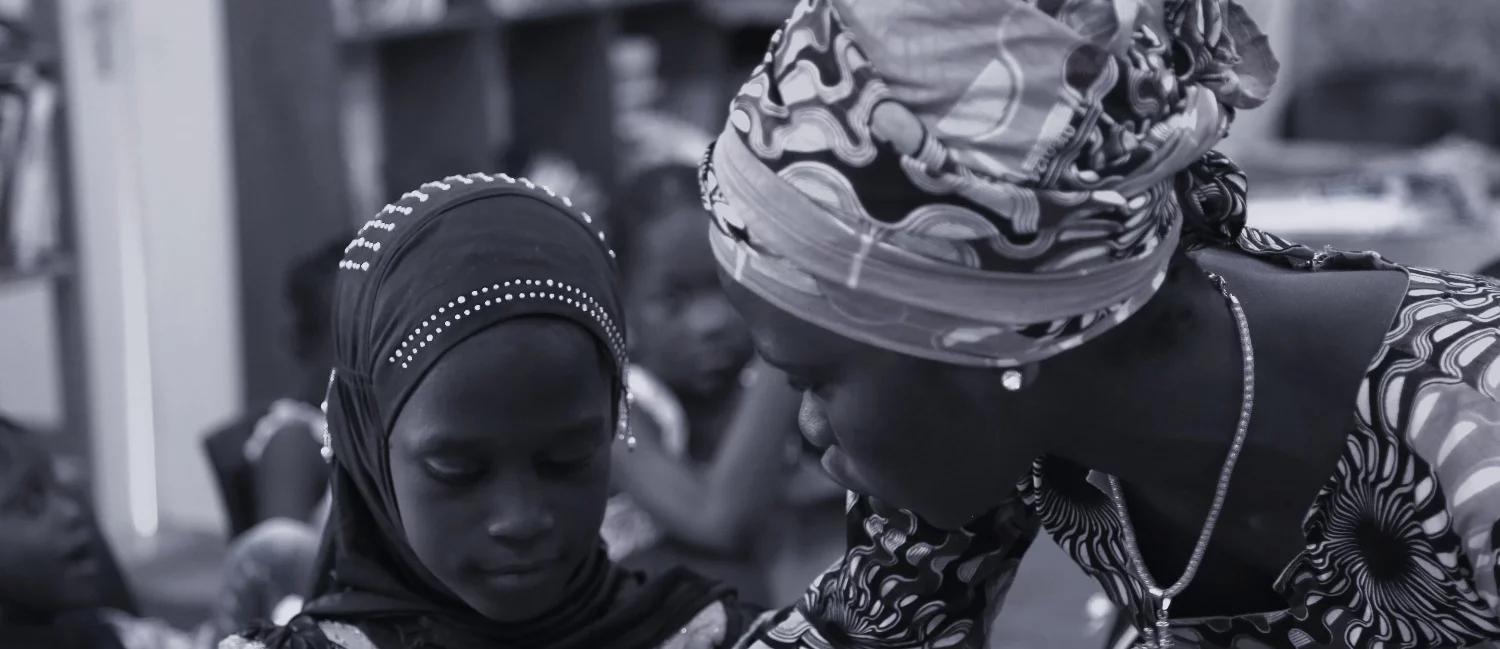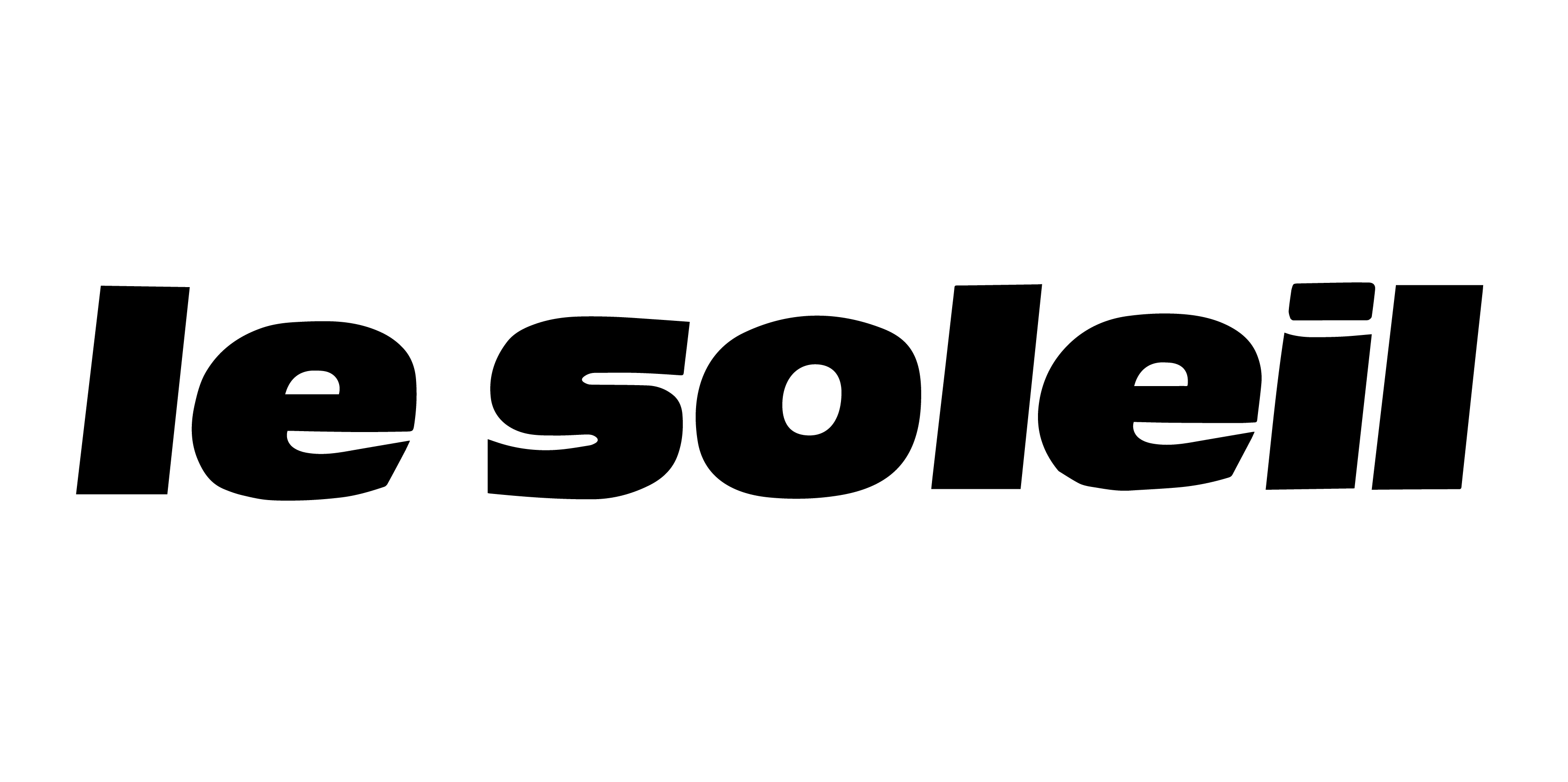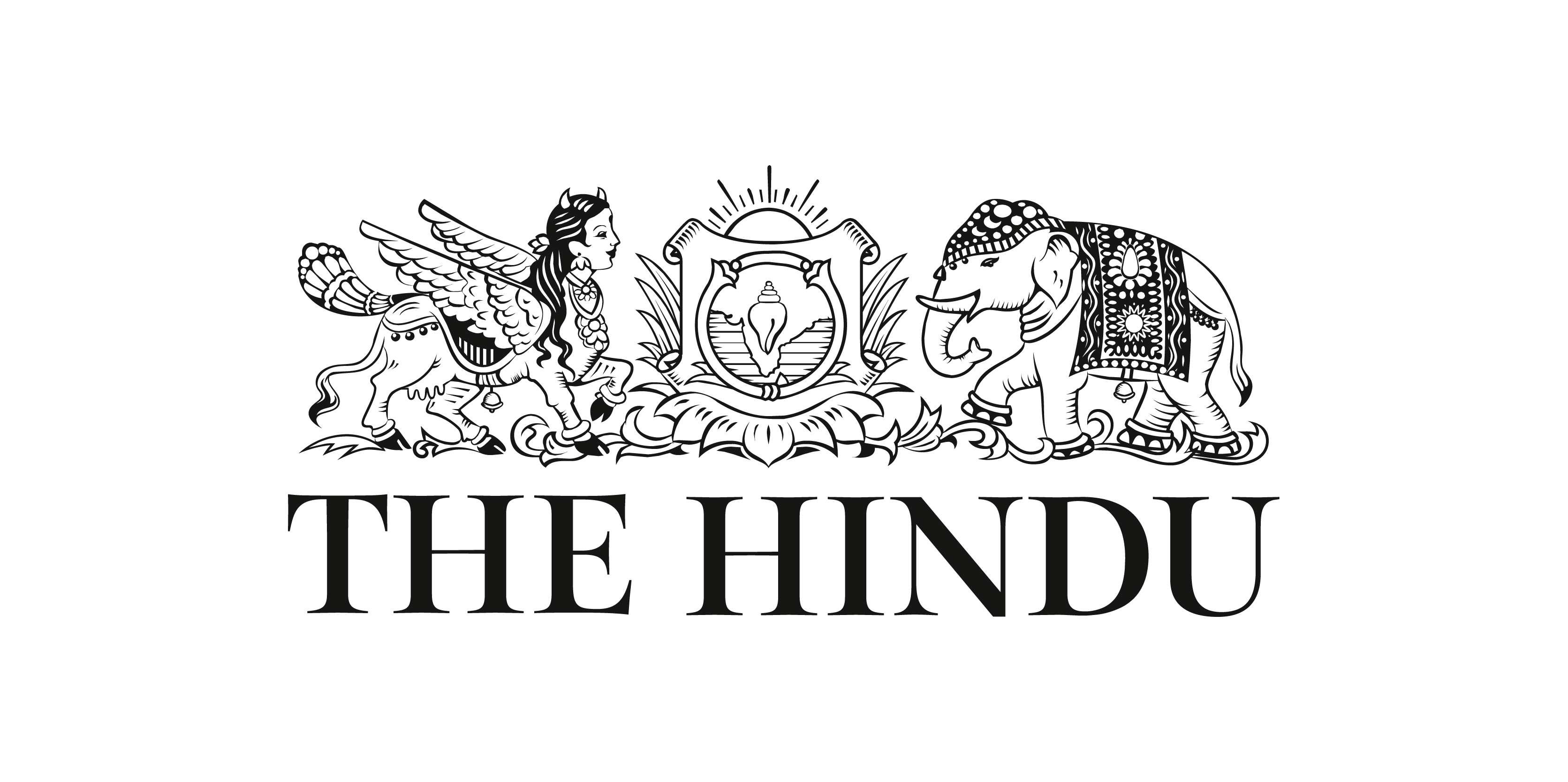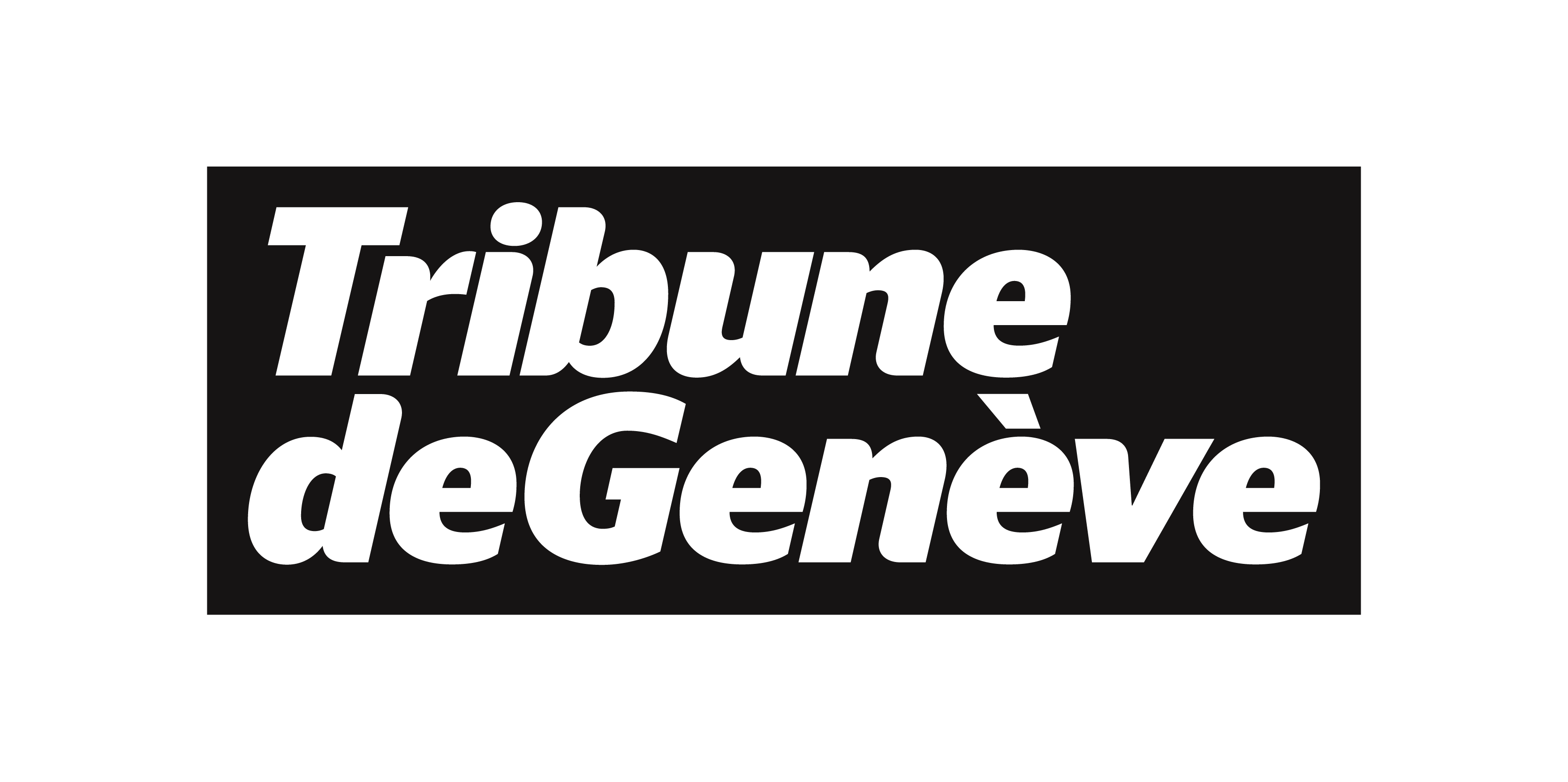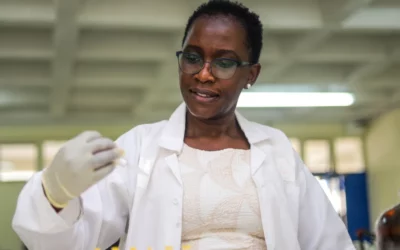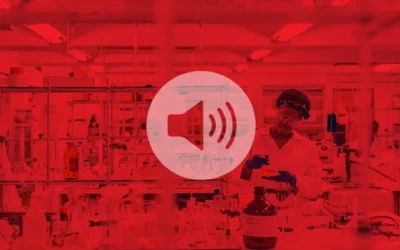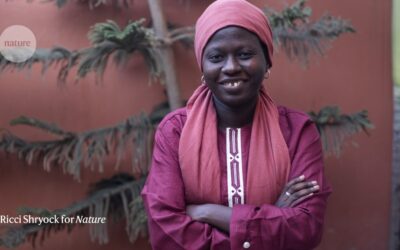By Idrissa Sane, Le Soleil for / The hindu / The dailystar / Tribune de genève
The Centre for Science, Education, Exchange for Sustainable Development (SeeSD) is home to a group of educational mentors, working hard to kindle an interest in science, technology and innovation amongst schoolchildren—notably young girls.
On the first floor of a library building in Dakar, Senegal, two children are busy researching online, tapping excitedly at the keyboard. Through the doors, in one of the huge library halls are several members of the SeeSD team, amongst them is Pape Massar Sow, Head of Technical Operations. The mentor, along with several dedicated teachers, works to promote science amongst Senegalese children.
The reality is that in Senegal, like much of Africa, centuries of colonial rule have seriously handicapped the nation’s scientific development. “The statistics are very sad in general. Only 8 percent of people who are old enough to go college [university] are enrolled. Out of that 8 percent, only 17 percent are studying STEM-related fields,” said Khadidiatou Sall, the female founder of SeeSD. “Women represent less than 30 percent of that 17 percent,” she added. Sadly, in Senegal girls still lag behind boys when it comes to schooling, according to Unicef only 56 percent of the nation’s girls are enrolled in secondary school compared to 74 percent of boys. A lack of funding has also left the Senegalese educational system poorly equipped, “In Senegal, it is not rare to find young people who have passed through the entire secondary education system without ever carrying out an experiment,” confirmed Massar Sow.
Sall, who holds a PhD in Molecular and Cellular Biology from Oregon State University in the United States, has been passionate about science and innovation from an early age. However she was unable to fully nurture this intrigue whilst studying in the Senegalese education system, which leaves little scope for practical work. “There were no workshops to guide me, [to] help me to grow this passion and become an innovator,” Sall explained. Her gradual drift towards biology evolved from the ability to see physical examples of what the teacher was talking about on her own body, “It was not abstract for me and it gave me the chance to think imaginatively,” she said. Sall only laments that physical experiments were not available in other STEM subjects, “I think that I could have become an engineer or a mathematician, for instance, but the teaching was too abstract to inspire me to opt for such careers.”
The scientist knew something had to change and in early 2016, aged 26, she founded SeeSD. Located in the capital Dakar, the organisation aims to switch on the minds of young Senegalese scientists. Eager to attract more girls to STEM, the SeeSD team initially introduced a policy of positive discrimination towards female students, however with a little encouragement girls were in fact more forthcoming than boys in enrolling for the course. At present, girls represent between 60 and 70 percent of the programme’s beneficiaries. “I think they [girls] generally do not choose STEM just because they believe it is too hard for them and that they cannot do it. That is generally down to the societal pressure that makes girls less confident of their abilities,” said Sall.
In the first year, more than 200 children of primary and secondary school age enrolled in the programme. SeeSD hopes that catching them at a young age will mean more opt to specialise in STEM subjects in secondary school and beyond. Mentors use playful, kinetic learning techniques to spark students imagination and curiosity—something out of the ordinary in conservative Senegal. Six year old Maréme Gueye—one of the female students—rejoiced in being part of the programme. When asked what she wants to be when she grows up, the youngster replied, ” Doctor, scientist or engineer.” Such a response would have be almost unthinkable prior to her participation in the programme. SeeSD currently works with 30 girls, all of whom will programme through to high school age, Sall hopes that this accompaniment will see more Senegalese girls with the same ambitions as young Gueye.
For SeeSD, there are still a few issues to iron out; the main one resources and budgets. A frustrated Sall claims that the only limit to the organisation’s ambitions lies in the lack of equipment. The centre is only supplied with microscopes, test tubes and a few pieces of basic equipment, luckily the teachers’ enthusiasm makes up for these mediocre supplies. SeeSD is currently funded through a variety of grants, both Senegalese and from overseas.
The female biologist is forthcoming about her dreams for the future of science in both Senegal and worldwide, stating that she would would like to see more women embarking on scientific careers to prevent the gap between men and women widening any further, as well—and especially—as the gap between the developing world and developed world.

